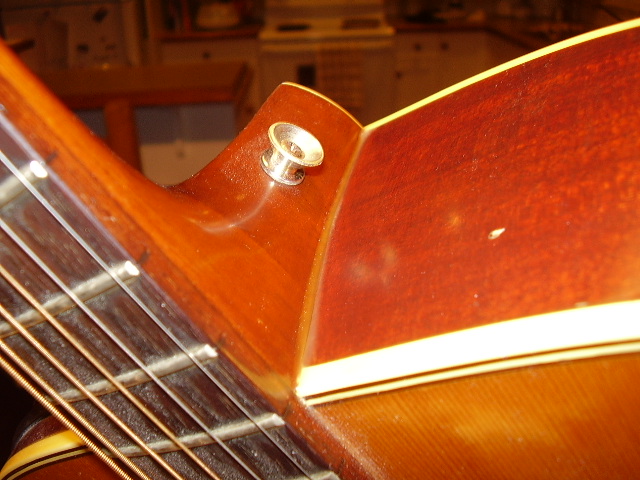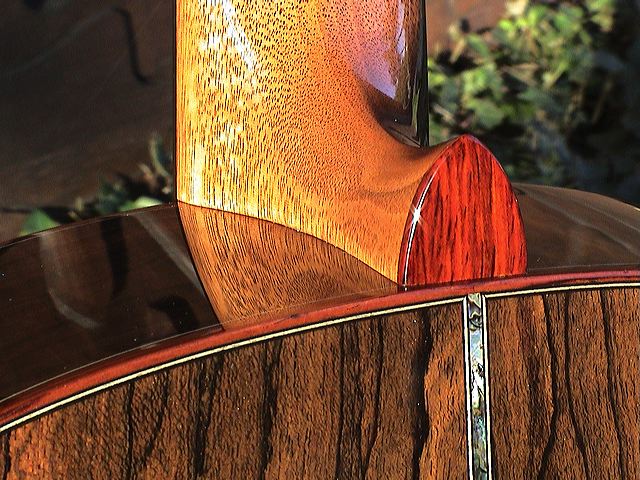Thanks so far guys.
Shane - they look like the sort of blades that Desperate Dan would shave with
 I'll look to see if they are available in the UK ( thinks ... not the type that David Beckham uses
I'll look to see if they are available in the UK ( thinks ... not the type that David Beckham uses  ). I use cut down Stanley knife blades that look to be similar.
). I use cut down Stanley knife blades that look to be similar.
Wade - I'm a bit confused. Do you mark the saddle position on your metal bridge shape and use this to set the bridge position (my bridge already has the saddle slots cut - I don't cut them with the bridge attached)?
Josh - is there enough "give" in the d/s tape to move the bridge on the top for positioning and then push down to grab more fully for marking when in the right position?



 ). With FP, you've gotta scrape.
). With FP, you've gotta scrape.